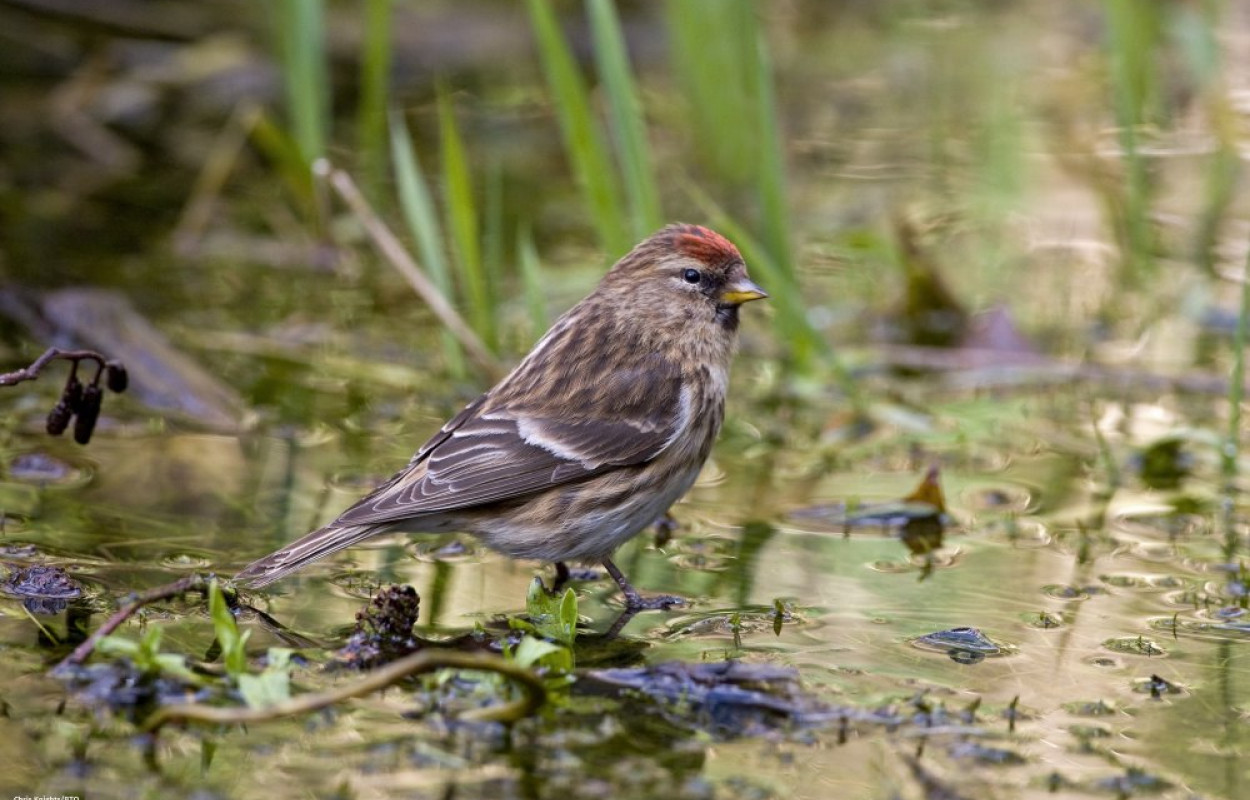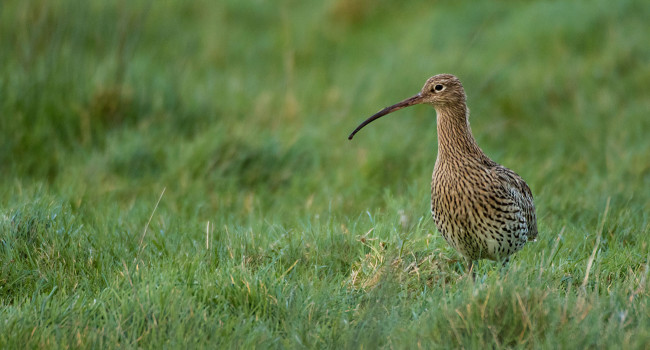The impact of changing habitat availability on population trends of woodland birds associated with early successional plantation woodland

Author(s): Burgess, M.D., Bellamy, P.E., Gillings, S., Noble, D., Grice, P.V. & Conway, G.J.
Published: January 2015
Journal: Bird Study Volume: 62 ( part 1 )
Digital Identifier No. (DOI): 10.1080/00063657.2014.998622
New research examining the relationship between the availability of young woodland and two declining species - the Tree Pipit and the Lesser Redpoll - indicates that while important, young woodland availability is not the primary driver of population trends in these species.
New research by the BTO, RSPB Science and Natural England has examined the relationship between the availability of young woodland and the breeding population trends of two species on the Birds of Conservation Concern Red List – Tree Pipit and Lesser Redpoll. The availability of young woodland in the UK is largely dictated by national programmes of woodland planting and felling, which peaked after the middle of the twentieth century. Young plantations are considered to provide important breeding habitat for both Lesser Redpoll and Tree Pipit, which underwent sustained and substantial population decline and breeding range contraction, starting in the 1970s.
The study used data from the 1988-91 and 2007-11 Bird Atlases, the Breeding Bird Survey and statistics from the Forestry Commission to show that population declines in England were strongly associated with decreases in the availability of young coniferous woodland, and were more weakly associated with an increase in young broadleaved woodland. Abundance was also related to availability of young woodland at the 10-km square scale. However, overall the results suggested that young woodland availability is not the primary driver of population trends for these species. Other factors, such as pressures experienced outside the breeding season, must therefore also be important. More research is needed to better understand the requirements of these species so that they can be conserved and their population declines reversed.









Share this page